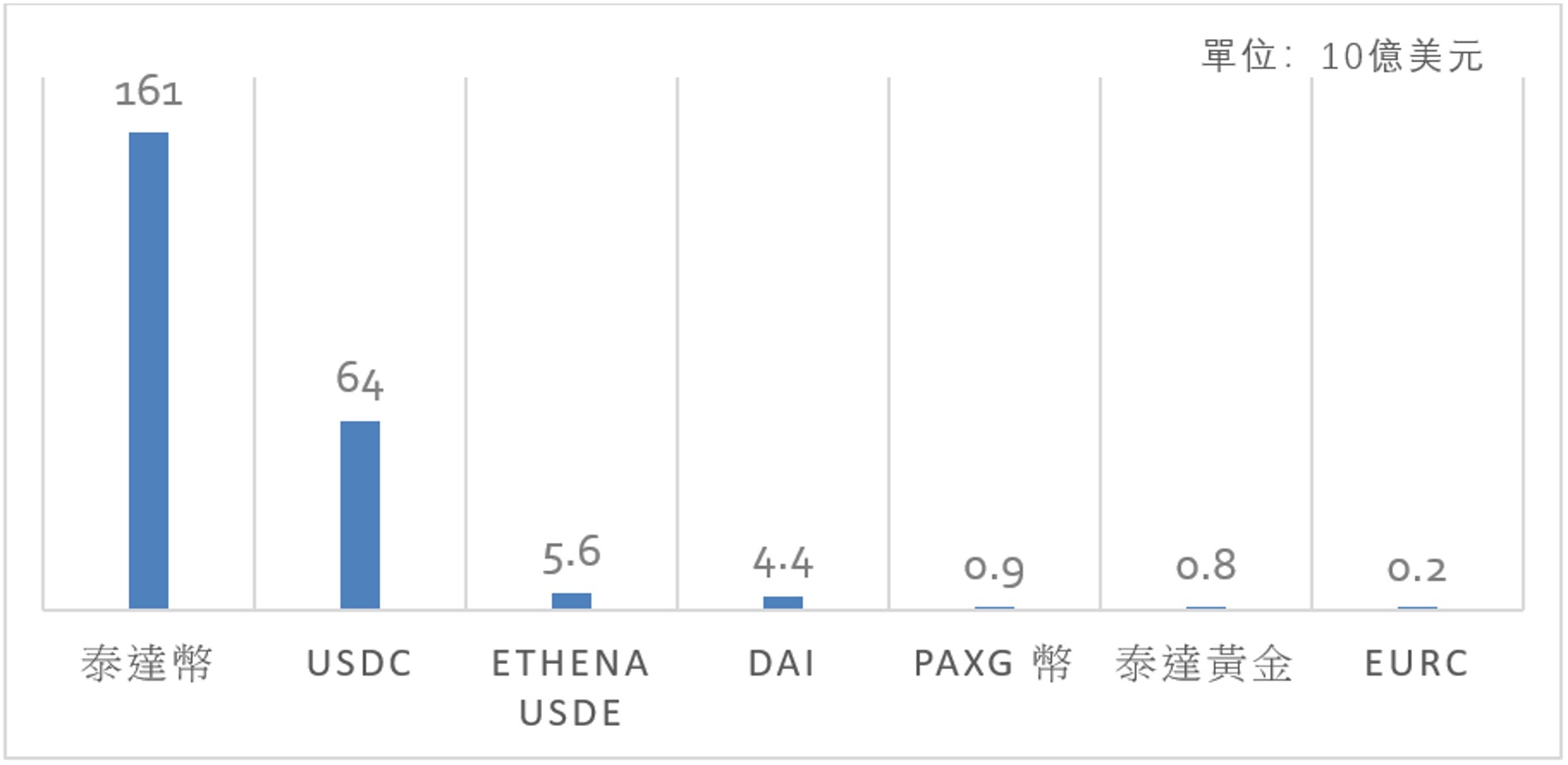Do we still remember the military yen?
香港還記得日圓軍票禍害嗎?
1941年12月7日夏威夷時間早上7時55分,日本偷襲珍珠港美國海軍基地,英國和美國隨即向日本宣戰,太平洋戰爭爆發。如侵略中國一樣,日本軍國主義者有計劃地擴展亞太區戰事,掠奪各地的資源,來達到所謂「以戰養戰」的目的。事實上,在偷襲珍珠港之前一個多小時,他們已發動對馬來亞(今馬來西亞)的進攻,而之後即分別進攻香港、菲律賓、新加坡 、關島等地。12月8日早上8時,日軍進攻香港,香港堅守至12月25日聖誕日淪陷,開始了三年零八個月的艱苦歲月。
日本攻佔香港後的第二天,便宣佈發行日圓軍用手票(簡稱軍票),取代流通中的港元。當時港元以英鎊為本位,背後有英鎊儲備支持,匯率是1英鎊兌16港元。相反,日本軍票的發行沒有任何金屬或外匯儲備作支持,因此可以隨意濫發。軍票的印刷成本微不足道,卻可在市場購買同等面值的商品,這正是日本軍國主義者掠奪資源的一個方法。除了當地的資源外,由於港元有外匯作儲備和因此而來的區內流通性,發行軍票兌換港元後,可用港元換取其他經濟體的產品。此外,以軍票挪用佔領區的物資,也可省卻從日本運輸物資至海外戰區的成本。
港元發鈔一直沿用的貨幣發行局制度,要求所有現金,包括鈔票和硬幣,在開始流入市場時,先有按固定匯率所需的金屬或外匯作百分百的儲備。日軍佔領香港後,發現匯豐銀行内有大量的港元鈔票。這些都是先印刷好,準備日後在市場流通的鈔票,暫時未有外匯儲備支持。但日軍為了佔用資源,強迫匯豐銀行在沒有外匯儲備的情況下仍然發行這些鈔票。這大概是香港貨幣史上唯一沒有遵守貨幣發行局制度的港元發鈔 。當然,所欠缺的外匯儲備,都在日後通過外匯基金的投資回報全數補回來。
日圓軍票發行初期和港元並行流通,兩者間匯率在1941年12月剛開始時為1兌1,但翌年1月即改為為1日圓軍票兌2港元,也就是港元貶值。由於軍票沒有儲備支持,亦不獲香港市民信任,市場交易仍以港元為主,商品也多以港元定價。1日圓軍票的實際購買力,低於2港元的購買力。因此,若一件商品的價格為6港元的話,買方要付高於3日圓軍票才能買到,除非有嚴格的監管限制。換句話說,市場賦予的價值低於面值,黑市便應運而生。黑市匯率受到市民對軍票價值的信心和監管的嚴厲程度而波動,波動衍生投機和套利行為,增加戰時經濟的混亂。
1942年7月,日據「政府」將港元貶值至1日圓軍票兌4港元,增加了那些堅持持有港元為資產的市民的損失。1943年6月,日本要加強管制貨幣和掠奪資源,更進一步取締港元,軍票成為唯一「法定」貨幣。港元以及黃金和外匯都不能收藏或流通,外幣買賣只可以在指定的交易所進行,違反的會被嚴刑處罰甚至處死。但由於港元在國際市場仍然受到認可,因此沒有完全消失,甚至仍然有黑市交易。
軍票發行屬無本生利,在沒有制約的環境下,發鈔權容易被濫用,軍票供應就越來越多,再加上倚靠外來物資供應的香港,在戰爭中難免資源匱乏,惡性通脹自然應運而生 。此外,由於軍票不被信任和接受,收到軍票的都會盡快將之轉手,增加貨幣流通速度,也是物價上升的一個因素。物價上升到某一個程度,軍票的購買力越來越低,也越來越不被接受,交易逐漸變為以物換物。市場上沒有了通用的交換媒介,經濟效率也就每況愈下。
民以食為天,若以白米的價格代表生活水平,按網上的資料,在1941年底,香港一斤白米的價格約為0.13港元,但到1945年中,價格已經上升到約100日圓軍票。1945年時,港元已不能在香港流通,所以沒有正式的港元價格。若1日圓軍票仍然兌換之前的4港元的話,那一斤白米便需要400港元,即使在今天仍然相當昂貴。不過,由於軍票持續濫發,到1945年軍票兌港元應該貶值很多,若1日圓軍票兌換0.4港元,那一斤白米也要40港元。白米價格在兩年半內從每斤0.13元升至40元,市民生活的困難可想而知。
價格高是一個問題,另一個問題是即使付高價也未必買到,因為當時香港由於糧食短缺而實行白米配給,市民需要購米票到白米配給所輪候購買。配額初期是每人每天六兩四白米,但後來配額減少了。由於糧食供應也下降,有購米票也未必買到,市民便一早到配給所門口排隊,因而有上一輩港人「輪米」的用語。到戰爭後期,香港糧食短缺的情況越趨嚴重,因飢餓或營養不良而死亡的不計其數,報紙亦有不少人吃人的消息。情況到這地步,社會治安自然惡劣,港人對日軍的抵抗情緒亦上升。為了減少抵抗和良食短缺的壓力,日軍早在1942年已實施所謂「歸鄉政策」,強迫港人回到內地。基於當時的交通環境,多數人都要扶老攜幼徒步北上,其中未到終點的大有人在。
軍票對香港經濟的另一個影響,表現在外貿方面。因港元和外匯在1943年後被非法化,而香港的日圓軍票又不可以在香港以外流通,使香港的外貿支付困難重重,難以通過合法渠道與外面通商。物資進出香港,或需通過黑市和以物換物的方式進行。香港本來就是一個貿易樞紐,貿易額萎縮自然也是經濟的萎縮。
鈔票理應是持有者的資產和發行者的負債,軍票自然也應該是日本對香港市民的欠債。但1945年8月15日,日本政府在所謂「停戰」後,對在香港曾經發行的軍票既不兌換也不賠償,大量的軍票瞬即成為廢紙,使那些之前不敢持有港元只持有軍票的港人一下子財產盡失。多年來港人都努力索償,亦有到東京地方法院和高等法院控告日本政府要求賠償,但都不得要領。日本政府對香港軍票的態度,和日本政府對侵略中國和亞洲其他國家的態度如出一轍,就是高高在上、恣意掠奪、不負責任、不敢面對。當然,我們都不會忘記。
陸炎輝博士
港大經管學院經濟學榮譽副教授
(本文同時於二零二五年九月三日載於《信報》「龍虎山下」專欄)






